When it comes to horror the most memorable entries are of those that will haunt you long after you've turned the lights back on and with Herk “One Shot” Harvey that is exactly the kind of horror film you get with his cult classic Carnival of Souls, a story that tells a tale of psychological horror surrounding a woman on the run from...something, and as things unfold it will seep into your very soul.
During the 1960s low budget horror films were the staple of every local drive-in, which gave the likes of Roger Corman a very lucrative market, but in 1962 a small independent film called Carnival of Souls crept onto the scene with barely a ripple before fading away, but then it came back and kept coming back so often that it became known as “The Film That Wouldn’t Die” and over the years the critical reception went from being a largely unnoticed horror film to an acclaimed art-house film that has been viewed by millions. That the film was produced and directed by a man whose career was in the making of educational and industrial films is just one of many odd elements in the remarkable story of Carnival of Souls, a film assembled by Herk Harvey’s co-workers at the Centron Corporation, who took their vacation time to help create this fever dream of a motion picture.
Herk Harvey’s “How I Spent My Summer Vacation.”
The film doesn’t waste any time as it quickly pulls the viewer into this skewed yet familiar reality, we are barely introduced to our main character Mary Henry (Candace Hilligoss) before she and her two girlfriends accept a drag race challenge that results in their car plunging off a bridge and into the river. After three hours of dredging the river to look for their car the assembled onlookers are shocked to see Mary stumble onto the muddy bank, with no idea as to how she survived. Any knowledgeable fan of the horror genre will almost immediately jump to a certain conclusion but screenwriter John Clifford simply pushes the story forward as if that accident was just an incidental event that will send Mary on her journey forward and not something to be all that concerned about, handled with a kind of “These things happen” attitude that one can assume is very Midwestern. Now, to be fair, it does send Mary on a journey but this is more a nightmare journey than one of self-discovery and what she does eventually discover will be anything but enlightening.
On a journey where fellow passengers are not to be trusted.
Mary leaves her hometown to take an organist job in Salt Lake City and one can assume that is she doing this to escape the tragedy in past, and if so, is that even possible? Mary’s attitude to those around her is often stilted and off-putting as her desire to remain “free of human contact” despite people like the Minister (Art Ellison) who employed her stating “You cannot live in isolation from the human race, you know.” Yet I can’t completely blame her for this desire for self-isolation as most of the people she meets are less than appealing; there is the aforementioned Minister who screams at her “Profane! Sacrilege!” when she goes off on some fugue filled organ recital while practicing at the church, that he immediately fires her makes him one of the least sympathetic clergymen in cinema, and then we have her landlady Mrs. Thomas (Frances Feist) whose advice to a distraught Mary, who is sure that she is being stalked by some creepy figure, is to point out that “You just let your imagination run away with you.” To say this matronly landlady is less than helpful is a vast understatement, but what exactly is stalking Mary?
This is not who you want to show up when you call CAA.
Ever since leaving her hometown Mary has been plagued with visions of a ghoulish, pasty-faced figure – simply called "The Man" in dialogue and played by Herk Harvey himself – who appears in the reflections of her car window while driving at night, peering into her second-floor window and then disappearing as suddenly as he appears, which leads to her seeking advice from a local doctor (Stan Levitt ), who despite stating he isn’t a psychiatrist still proceeds to offer Mary his opinions on her condition. This element of medical quackery is just another example as to why Mary should maybe give that “self-isolation” a try, but even more troubling than the unfounded advice from Doctor Dumb-Ass is the lecherous pursuit of Mary’s creepy rooming house neighbour, John Linden (Sidney Berger), who uses her fear of being alone to make unwanted advances and it’s her shifting attitude towards John that is a bizarre counterpoint to her desire to distance herself from the human race – not that John is a good example of the human race – and her willingness to put up with his lascivious advances goes a long way towards showing how truly terrified she must be if this asshat is the lesser of two evils. With all the “normal” people in the world being less than helpful it shouldn’t be a surprise that Mary would eventually succumb to the lure of darkness, which in this film comes in the form of an abandoned pavilion located on the edge of a dry lake bed.
Production Note: Herk Harvey developed the idea for Carnival of Souls after driving past the abandoned Saltair Pavilion in Salt Lake City. He later asked his friend and co-worker John Clifford to come up with any story as long as the last scene had a whole bunch of ghouls dancing in that ballroom.
An element of Carnival of Souls that works surprisingly well was the inclusion of a cast of mostly non-actors, Candace Hilligoss being the only “professional actor” on board, but it was their stilted deliveries, provided by this weird collection of “Friends of the Producer” that really added to the films oddness and the fact that almost everyone person Mary meets seem a little “off” worked wonderfully towards building on the unreality of the situation. As to the film’s twist ending, well, if you’ve seen the episode of Rod Serling’s The Twilight Zone titled “The Hitchhiker” the reason behind the ghouls hounding Mary is quite apparent but that doesn’t stop Carnival of Souls from being a compelling narrative that propels you into a nightmare, where escape really isn’t an option.
The party never stops for these guys, and that is terrifying.
This film may have borrowed key plot elements from classic Twilight Zone episodes, like the aforementioned “The Hitchhiker” and also the episode “Mirror Image” where a lone woman is pursued by her doppelganger, but this film influenced more than it borrowed; George Romero has admitted that this film’s cinematography and look of the ghouls were a big inspiration for his film Night of the Living Dead and films like M. Night Shyamalan’s The Sixth Sense as well as David Lynch’s Lost Highway were also influenced heavily by this little cult classic, and thus one can’t really undersell how much the genre owes to this little film, the one that wouldn’t die.
Note: This movie came out a couple of years after Alfred Hitchcock's Psycho which is another example of a film that depicts the dangers of women travelling alone.
With Carnival of Souls director Herk Harvey created a film with a relentless sense of unease and dread that was beautifully compounded by a creepy organ score and those off-putting performances, add to that the ghoulish figures that stalk the poor protagonist and you've got yourself a classic of the genre. This movie may have been made on a shoestring budget and guerilla filmmaking techniques but the power of its end result cannot be denied.
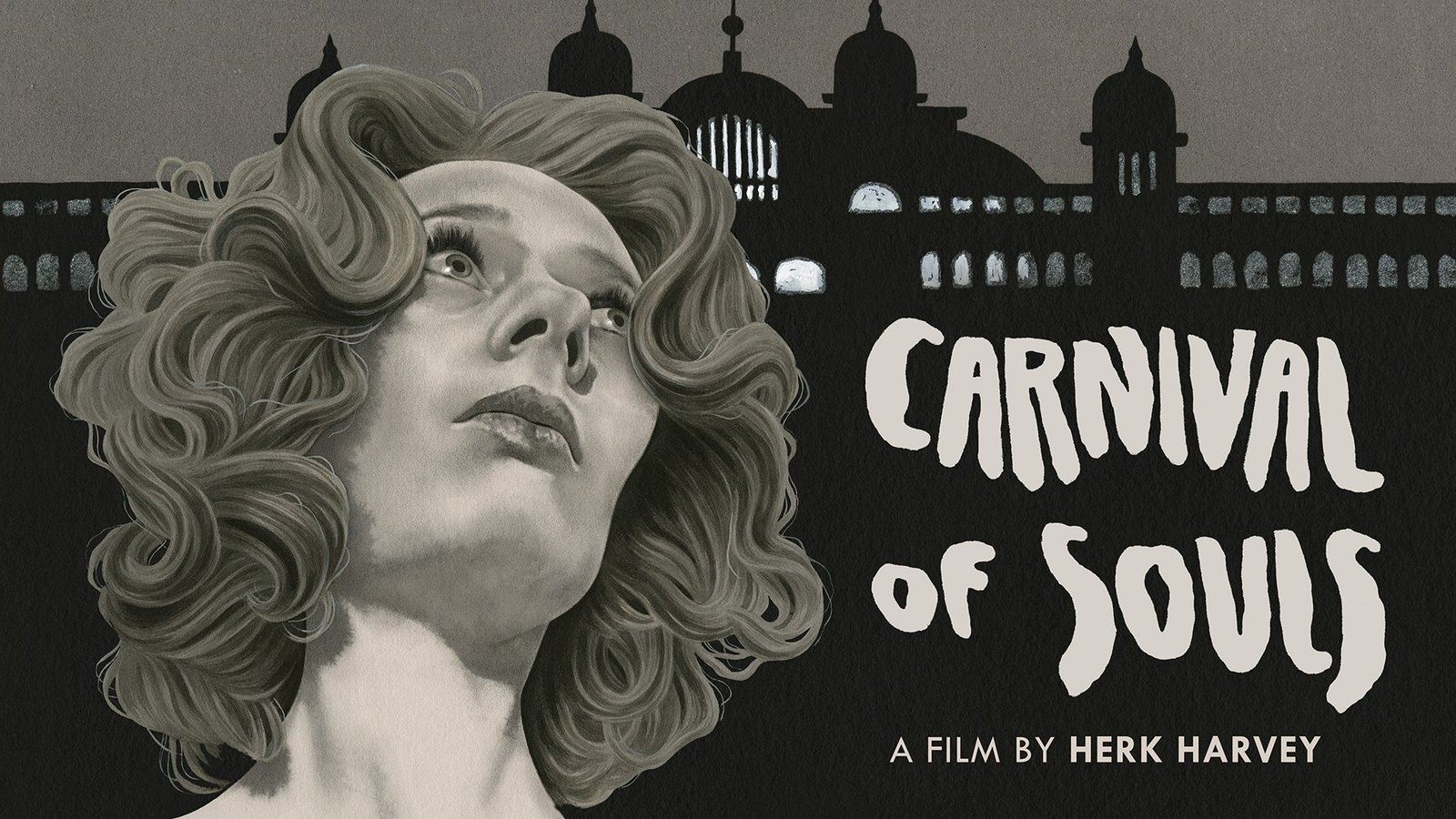
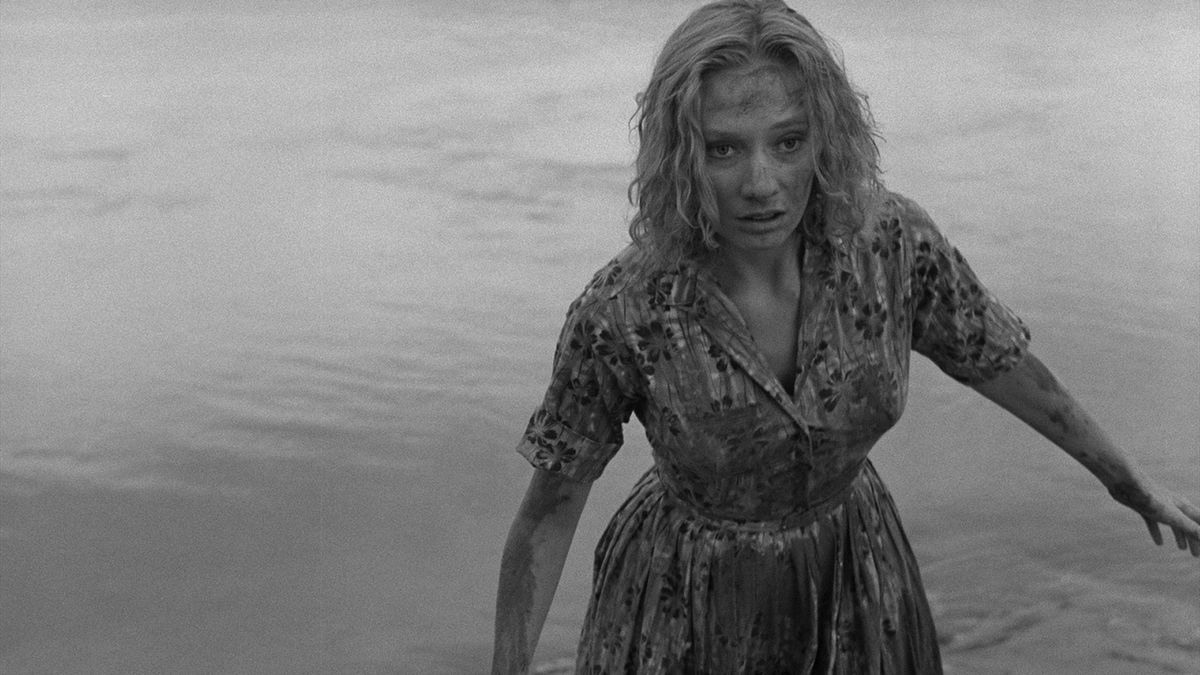
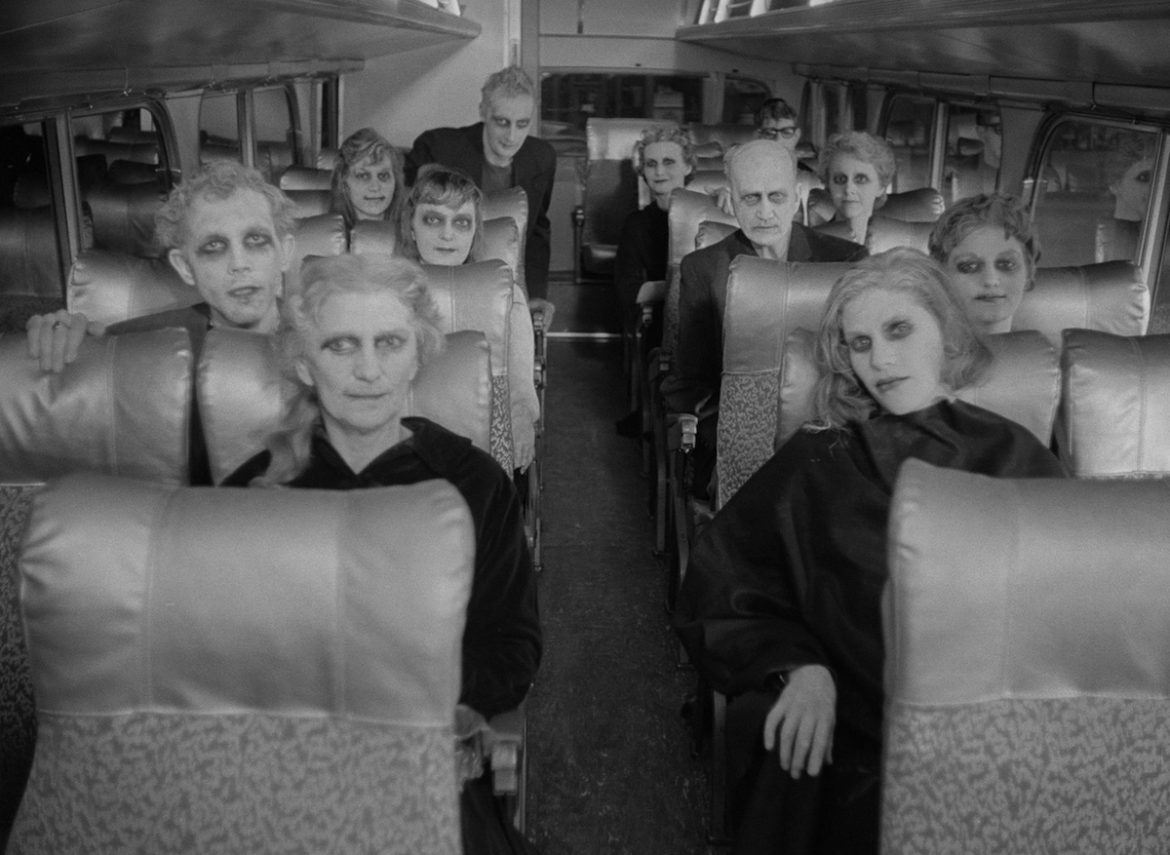
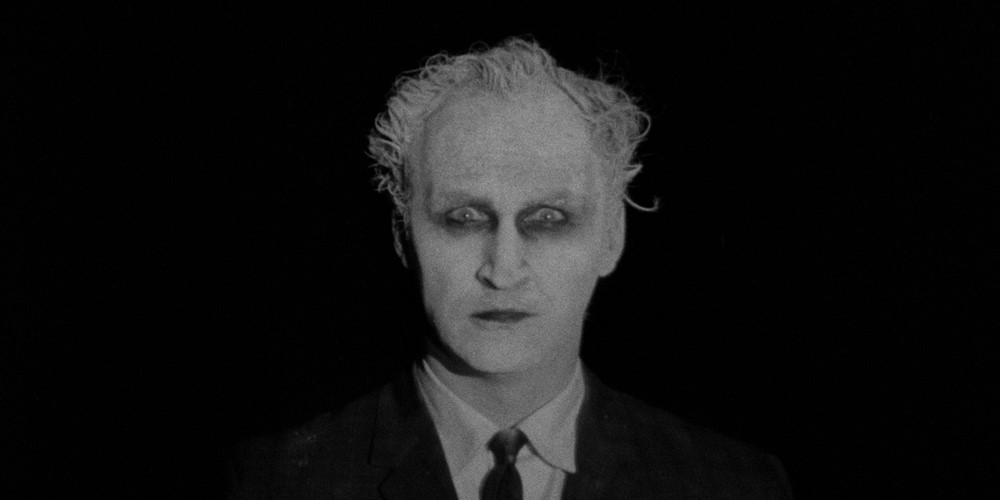
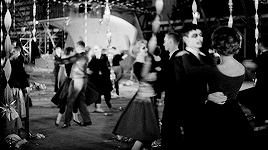
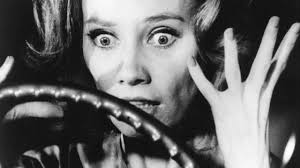
No comments:
Post a Comment